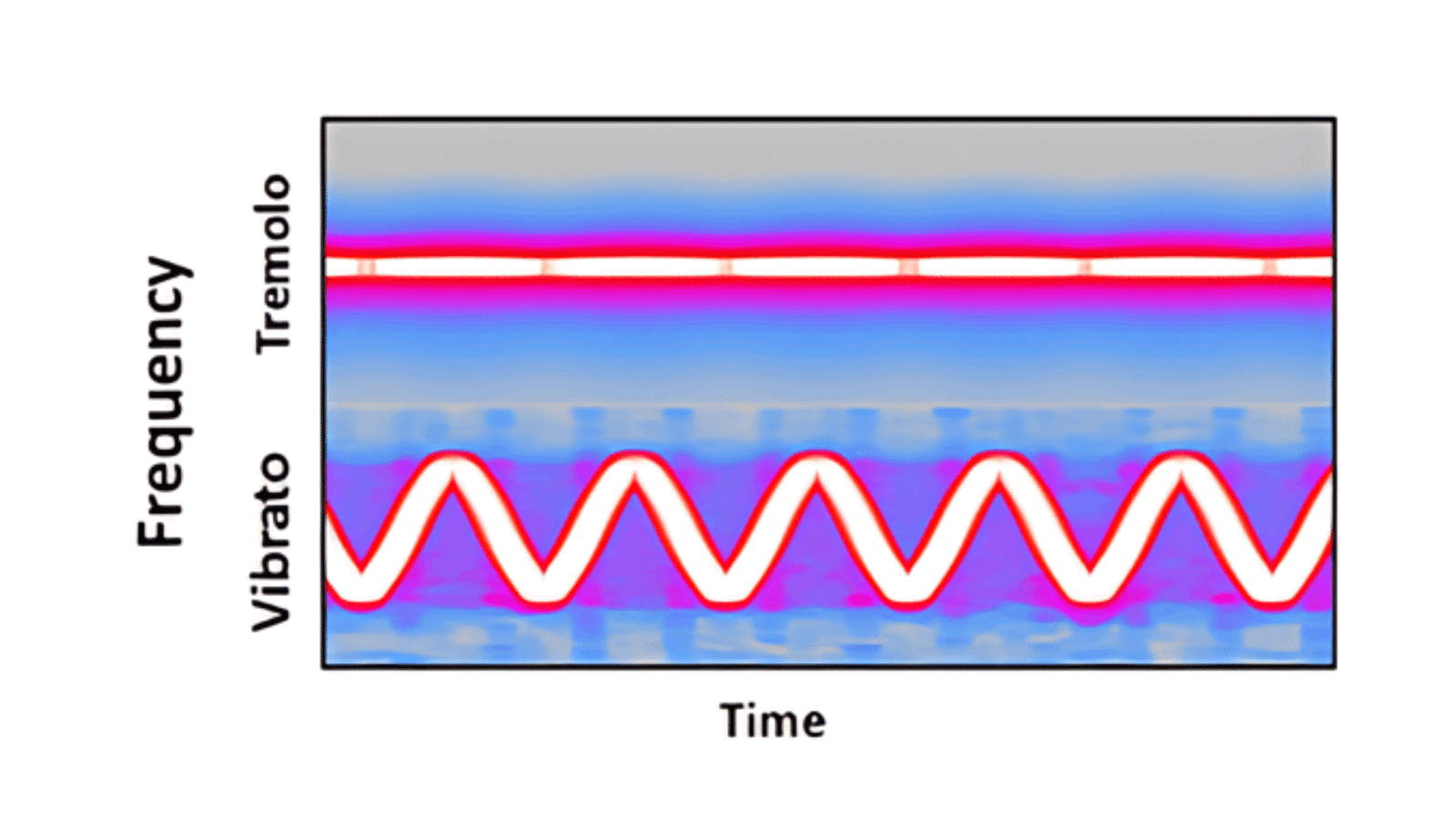Do you want to sound better when you sing? Many people struggle with their vocal tone, even if they can hit the right notes. The good news is that anyone can improve their singing voice with the right techniques.
This guide will show you how to enhance your vocal tone step by step. We’ll cover essential practices like breathing, vowel sounds, and resonance placement.
You’ll learn to use your body effectively to create a richer, more pleasant sound. By the end of this guide, you’ll clearly understand what makes a good vocal tone and how to achieve it.
Get ready to transform your voice and sing with more confidence!
What is Vocal Tone?
Vocal tone is the unique sound and color of your singing voice. It’s what makes your voice special and different from others. Think of it as your voice’s fingerprint.
When you hear singers like Beyoncé or Michael Bublé, you can often tell who’s singing just by their vocal tone, even if you can’t see them.
A good vocal tone is key to sounding great when you sing. It’s not just about hitting the right notes but about how they sound from your voice. A rich, pleasant vocal tone can make your singing more enjoyable for listeners and help you stand out as a performer.
What is Vocal Range?

Vocal range refers to the span of notes you can comfortably sing, from the lowest to the highest. It’s like a musical ladder, and your vocal range determines how many steps on that ladder you can climb up and down without straining your voice.
Knowing and improving your vocal range is important for several reasons. First, it helps you choose songs that fit your voice well. Second, as you expand your range, you gain more control over your voice. This control can lead to a better vocal tone across all the notes you sing.
7 Key Tips to Improve Your Vocal Tone
Enhancing your vocal tone is a journey that requires patience and consistent practice. These tips will help you develop a richer, more appealing sound when you sing.
1. Warm-Up Regularly

A proper warm-up helps loosen the vocal cords and prepare them for singing. Start your practice sessions with gentle humming or simple scales. This helps stretch your vocal muscles and prepare your voice for more intense singing.
2. Practice Diaphragmatic Breathing
Breath control is essential for a sustained and powerful vocal tone. To practice diaphragmatic breathing, place your hand on your belly and take a deep breath, feeling your stomach expand. As you sing, focus on releasing this air slowly and steadily.
3. Focus on Vowel Sounds
Vowel sounds resonate more deeply than consonants, providing a fuller tone. Try singing long, sustained vowel sounds like “ah,” “oh,” and “ee.” Pay attention to how these sounds feel in your mouth and throat, aiming for a clear, open sound.
4. Experiment with Resonance
Resonance enhances your vocal tone by amplifying sound in different areas of your body. Try placing your voice in different areas, such as your chest or head—experiment with how these different placements affect your sound and work on blending them for a richer tone.
5. Improve Posture for Better Tone
Proper posture helps open your vocal tract, allowing sound to flow freely. When singing, stand tall with your shoulders relaxed and your chest open. Avoid slouching or tensing up, as this can restrict your breathing and affect your tone.
6. Utilize Support Muscles
Engaging muscles like the diaphragm and laryngeal muscles can add power and stability to your tone. Practice exercises that focus on these areas, such as controlled exhalations or gentle lip trills, to help strengthen the muscles that support your voice.
7. Record and Self-Assess

Recording allows you to assess your vocal tone and identify areas for improvement. Make it a habit to record your practice sessions. Listen back, focusing on your tone, resonance, and vowel clarity. This self-assessment can help you track your progress and pinpoint specific areas to work on.
How to Find Your Perfect Vocal Tone
Finding your ideal vocal tone is a personal journey that involves self-discovery and experimentation. This process helps you develop a signature sound that’s uniquely yours.
1. Understand Your Natural Voice
Every singer has a unique, natural tone. Identifying it is the first step in finding your perfect tone.
Technique: Sing naturally without trying to imitate other singers. Focus on what feels comfortable and sounds authentic. Record yourself singing simple melodies and listen back, noting the qualities that make your voice distinct.
2. Test Different Vocal Registers

Different vocal registers (chest, head, mix) offer varying tone qualities.
Technique: Experiment by singing in your chest, head, and mixed voice to find which resonates best with you. Start with a low note in your chest voice, then slide up to your head voice. Pay attention to how each register feels and sounds.
3. Explore Bright vs. Dark Tones
Vocal tones are bright (sharp, clear) or dark (warm, mellow).
Technique: Try singing in bright and dark tones by adjusting resonance placement to see which suits your style. For a brighter tone, focus on forward placement in your mouth. For a darker tone, think of the sound resonating more in the back of your throat.
Advanced Techniques to Master Your Vocal Tone
As you progress in your vocal journey, these advanced techniques can help take your singing to the next level. They focus on refining your unique sound and expanding your vocal abilities.
Practice Vibrato

Vibrato adds richness and depth to your vocal tone. Learn to oscillate between pitches smoothly. Start by singing a steady note, then gently pulse your diaphragm to create a slight wavering in pitch. With practice, this can become a natural part of your singing, adding warmth and emotion to your voice.
Master Dynamics and Volume Control
Use soft and loud dynamics to create emotional depth and versatility in your vocal tone. Practice singing the same phrase at different volumes, from a whisper to a full voice. Focus on maintaining the same tone quality across all volume levels. This skill allows you to add nuance and expression to your performances.
Explore Different Singing Styles
Experiment with genres and styles to find the vocal tone that best suits your voice. Try singing in various styles, such as pop, jazz, or classical. Each genre requires different vocal techniques and tones. This exploration can help you discover new aspects of your voice and expand your vocal abilities.
Remember, these advanced techniques build on the basics. Ensure you’ve mastered the fundamentals before diving into these more complex skills. With patience and consistent practice, you can develop a vocal tone that’s uniquely yours and captivating to listeners.
Conclusion
Improving your vocal tone is a journey that requires dedication and practice. By understanding the basics of vocal tone and range, implementing key techniques, and exploring advanced methods, singers can significantly enhance their sound.
Remember that each voice is unique, and finding your perfect tone involves embracing your natural qualities while refining your skills. Regular warm-ups, proper breathing, and consistent self-assessment are crucial steps.
You’ll find new depths and colors in your voice as you work on your vocal tone. This growth will make your singing more enjoyable for listeners and more fulfilling for you as an artist.
Keep experimenting, stay patient, and watch your vocal abilities flourish.





















